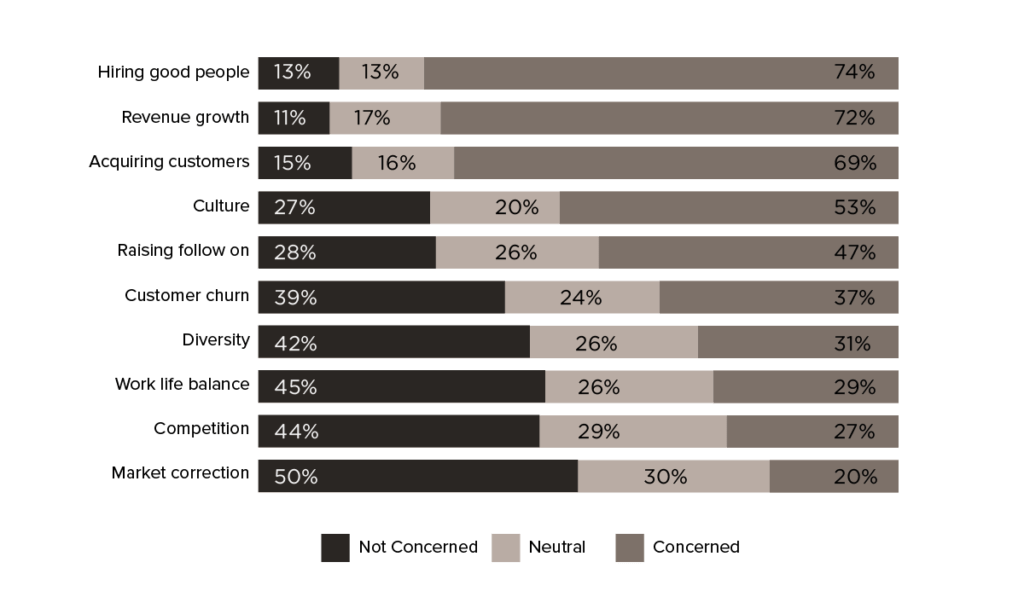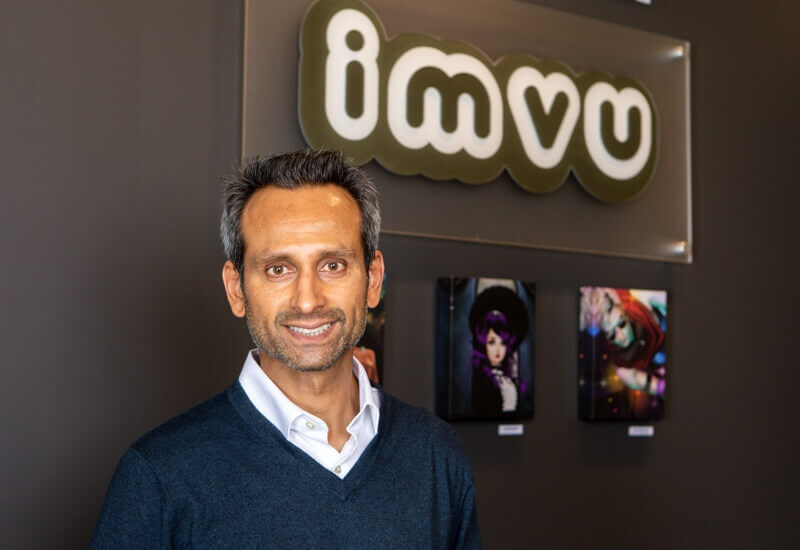Over the past several years especially, the big craze in the start-up industry has been growth-hacking, which basically means the ability to quickly scale a product in creative ways outside of traditional marketing tactics. Companies like Uber and Dropbox are well-known for it, as they use specific growth hack strategies to quickly grow their companies. For example, Dropbox created an incentivized referral program This “hack” heavily contributed to the growth of 3900% in 15 months.
However, as with all good things they must eventually evolve. The start-up industry must advance past typical growth hacks to continue growing. Why now? To truly deliver, marketers must understand the changing landscape of startups.
The state of startup growth
The state of the startup industry has shifted with investors having more influence and power in negotiations. According to the 2017 State of Startups Study, nearly 43 percent of startup CEOs expect it will become more difficult to raise their next round of capital. At the same time, it’s no surprise increasing customer acquisition (69%) and optimizing for revenue growth (72%) has risen to one of the top priorities for startups.
Startup’s top concerns

The heightened expectations for customer acquisition and growth, will require marketers to right-size growth and expand their toolbox.
Introducing the New Growth Chain Model
The biggest misconception around growth-hacking is that if your company puts some effort into it and test different methods of “going viral” then your company will have the chance to become huge. This isn’t always the case. How do I know? As VP or Growth for IMVU, I have seen that there is no silver bullet to scaling growth without three key factors: people, markets, and innovative products to find the perfect product and market fit.
The next few years, will require marketers to adopt new growth strategies that target the entire growth chain not just social and mobile, including new omni channels, automation, blockchain and artificial intelligence. It is what I call the new Growth Chain which takes an holistic view of the entire user journey leveraging data to connect the dot to create a truly personalized customer centric experience in real-time environment to keep the users engaged with your brand. It’s taking the long term view to wow users without taking a short term hacking experience.
Omnichannel automation through machine learning and artificial intelligence will takeover.
With Google’s UAC and Facebook’s AEO and downstream optimizations already becoming more and more significant, the optimization has shifted further downstream over the last few years. I see a further increase in automation, particularly throughout the entire user journey to fully automate campaign management using intelligent machines from prospecting to retention requiring far lesser manual optimizations.
Hello, Alexa. Voice enabled devices become prevalent.
We’re still in very early stages of audio enabled devices and assistants, including Google Home, Alexa, Siri and others. While their promise is tremendously exciting already, it’s only a matter of time before we see more widespread adoption. As their adoption increases and further user data is gathered, so will the opportunity to reach consumers through these channels.
More than hype, demand continues for User Data Blockchains (UDB).
Data is going to be the most valuable commodity that will continue to increase in value as more data regulations like GDPR are adopted across the world. For instance, Bitcoin and Ethereum are hitting record highs, a whopping 90 percent of the $2.3 billion raised by blockchain startups came through ICOs. I foresee users taking more control over their data with an emergence of UDB aggregators, where they are in full control in how to share their personal behavior data and with whom across their digital devices (VR Headset, mobile devices, audio, etc.) tied to a user’s Unique Identifier (created on a Blockchain ledger).
Rise of the “Virtual Shared Economy.”
The power of friendships and human connections are going to happen on mobile and Virtual Reality (VR). More of the world is getting interconnected with the majority of the world connected to the Internet and mobile, with greater adoptions to VR. People would venture to spend more time in VR than real world to escape their real life for an instant gratification of their desired aspiration life.
The future of UA will be about tapping into the “VSE” or Virtual Shared Economy” because that is where the users will be spending the bulk of their time and attention from work to leisure evolving around virtual shared social experiences.
What’s at stake?
Marketing and technology leaders have the potential to leverage the new Growth Chain to reinvent their customer relationships. Early action on these far-reaching technologies will put companies in the best position to benefit from what we think will be widespread adoption.
This article first appeared on LinkedIn.





